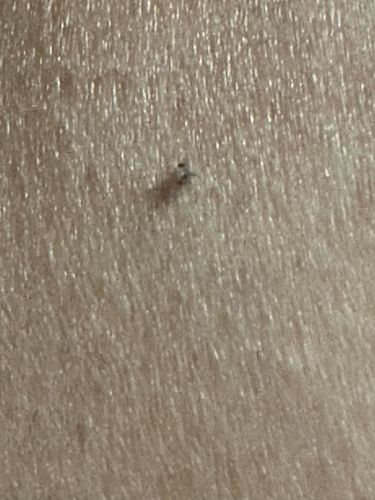Gnat (likely Biting Midge or Sand Fly)
Scientific Name: Varies significantly by species (e.g., Ceratopogonidae for biting midges, Psychodidae for sand flies)
Order & Family: Diptera (True Flies), Various families including Ceratopogonidae (biting midges), Psychodidae (sand flies), Chironomidae (non-biting midges), etc.
Size: Typically 1-3 mm (very small)

Natural Habitat
Widely varied, depending on the specific species. Can be found near water bodies, marshy areas, forests, fields, and even indoors. Some species prefer humid environments.
Diet & Feeding
Many gnat species feed on nectar and plant juices. However, certain families, such as biting midges (Ceratopogonidae) and sand flies (Psychodidae), have females that feed on blood from humans and other animals (hematophagous) to obtain nutrients for egg development.
Behavior Patterns
Often active at dawn and dusk. They can form swarms. Biting species are attracted to carbon dioxide and other compounds emitted by hosts. Many gnat species have aquatic or semi-aquatic larval stages.
Risks & Benefits
Risks: Biting gnats (like biting midges and sand flies) can deliver painful bites that cause itchy welts. They are also known vectors for various diseases, including Oropouche fever, blue tongue virus in livestock, and leishmaniasis (carried by sand flies). Benefits: Some gnat species play a role in pollination. Larvae of many species are a food source for other aquatic animals, contributing to the food chain.
Identified on: 9/15/2025